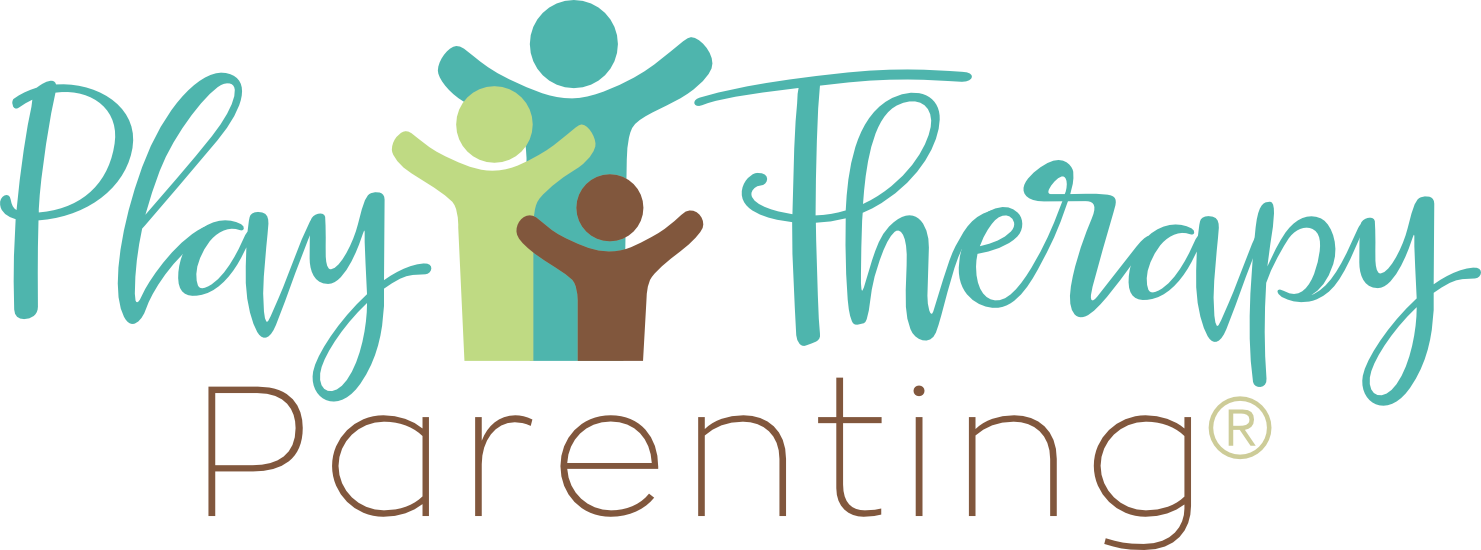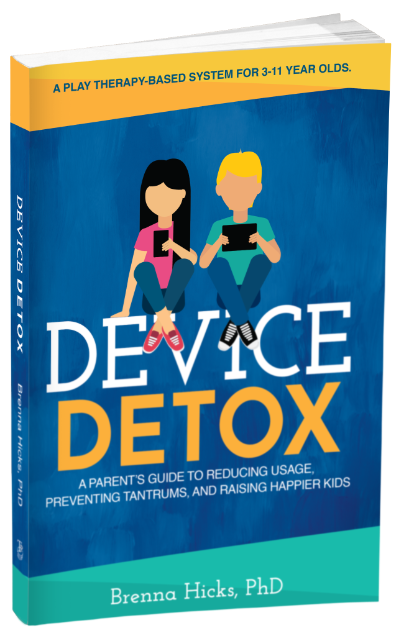S2E16 – Helping Adopted Siblings Thrive: Play Therapy Parenting Pillars
I explain that it’s common for siblings, especially of the same sex, to take on “internalizer” and “externalizer” roles when it comes to expressing emotions. The older son is likely internalizing his feelings while the younger is externalizing through aggressive behaviors. Neither is healthy, as both boys lack the emotional vocabulary and coping skills to handle their big feelings.
To address this, I recommend Gaer start using my “four pillars” of play therapy parenting, beginning with reflecting the boys’ feelings to build their emotional intelligence. Setting limits is also key for the 3-year-old’s aggressive behaviors. Consequences should be consistently enforced. Throughout this process, Gaer needs to be a “thermostat” – staying calm and regulated herself in order to model emotional control for her sons.
I’m so glad Gaer’s family is embarking on a play therapy journey. With commitment and the right tools, I believe they will see hugely positive impacts. I’m grateful to Gaer for her question and willingness to share her story.
Ask Me Questions: Call (813) 812-5525, or email: [email protected]
Podcast HQ: https://www.playtherapyparenting.com/
My Newsletter Signup: https://www.playtherapyparenting.com/newsletter/
My Podcast Partner, Gabb Wireless: https://www.playtherapyparenting.com/gabb/
Helping Adopted Siblings Thrive: Play Therapy & Parenting Pillars
Today, I’m answering a question from Gaer in the UK about her two adopted sons, aged 3 and 9. Both boys were adopted separately as babies. They’re displaying anxiety in different ways, and it’s causing some disharmony in the family.
Gaer’s 3-year-old, in particular, is struggling with wanting more control. When upset, frustrated, or angry, his first reaction is to punch, kick, bite, or scratch, generally aimed at his older brother or Gaer. He also wants full control of Gaer’s attention, trying to stop her from talking to others, especially his brother.
Gaer feels like she’s losing connection with both of her sons. The violence and dysregulated behavior from the youngest makes her want to disconnect, leaving her feeling useless, unseen, and emotionally hurt. She finds herself not connecting with her eldest because she’s constantly dealing with the youngest.
Internalizers vs. Externalizers
It’s important to recognize that Gaer’s youngest is an externalizer. In families with same-sex siblings, there’s usually an externalizer and an internalizer. The internalizer feels emotions in a big way but doesn’t display or talk about them, bottling them up instead. While this may seem like healthier behavior compared to the externalizer, it’s just as unhealthy.
I suspect Gaer’s oldest son is an internalizer, and her youngest has become an externalizer by default. Neither child has the emotional vocabulary, coping skills, or regulation to handle their overwhelming feelings effectively. The youngest shows his feelings through hitting, biting, kicking, and scratching, while the oldest keeps his emotions hidden.
Power and Control
There’s also an element of power and control at play. Kids don’t have control over much, so they grasp at any measure of control they can, often through disobedience and behavior. When the 3-year-old reacts aggressively or tries to control Gaer’s interactions, he feels powerful. These are power grabs, helping to explain the “why” behind his behavior.
Implementing the Four Pillars of Play Therapy Parenting
To address these issues, Gaer should start implementing the four pillars of play therapy parenting, beginning with reflecting feelings. Both boys need to develop an emotional vocabulary, and reflecting their feelings will help them understand and express emotions more appropriately.
When it comes to helping the 3-year-old understand that his brother is also part of the family and needs attention, Gaer can use limit setting. She can reflect his feeling, set a neutral limit, and provide choices. For example:
“Jim, you really want my attention right now, but I’m talking to Jack. You can choose to wait until I’m done, or you can listen to what we’re talking about, and then I’ll talk to you.”
If Jim continues to interrupt or demand attention, Gaer can move to an ultimate limit after setting the limit three times:
“Jim, you really want me to talk to you right now, but I’m talking to your brother. If you choose to interrupt one more time, you choose to go to your room for five minutes so I can finish talking to your brother. If you choose to quietly wait until we’re done, you choose not to go to your room. Which do you choose?”
The key is to enforce the consequence consistently, no matter how much Jim protests. It may be challenging at first, but he will quickly learn that the outcome isn’t worth it and start choosing differently.
“Be a Thermostat, Not a Thermometer” (Bratton, Landreth, et al, 2006)
Finally, Gaer mentioned she’s working on staying regulated, which can be difficult. I encourage her to be a thermostat, not a thermometer. As her boys’ emotions rise or fall, she should strive to be the moderating force, bringing calm when things get too hot and engaging when things are too cold. By modeling emotional regulation, she teaches her sons what self-control looks like.
Embarking on a Journey of Healing
I’m thrilled that Gaer’s family is starting a play therapy journey with a full family approach, including therapeutic parenting sessions. I believe this will have a significant and positive impact on all of them over the next 12 to 18 months. It’s clear they’re in it for the long haul.
Thank you, Gaer, for your vulnerability and willingness to share your story. I’m grateful for the opportunity to provide suggestions and advice. Remember, struggles are a natural part of family life, and you’re not alone.
To all my listeners, keep the questions coming. I’m here to help you on your parenting journey.

